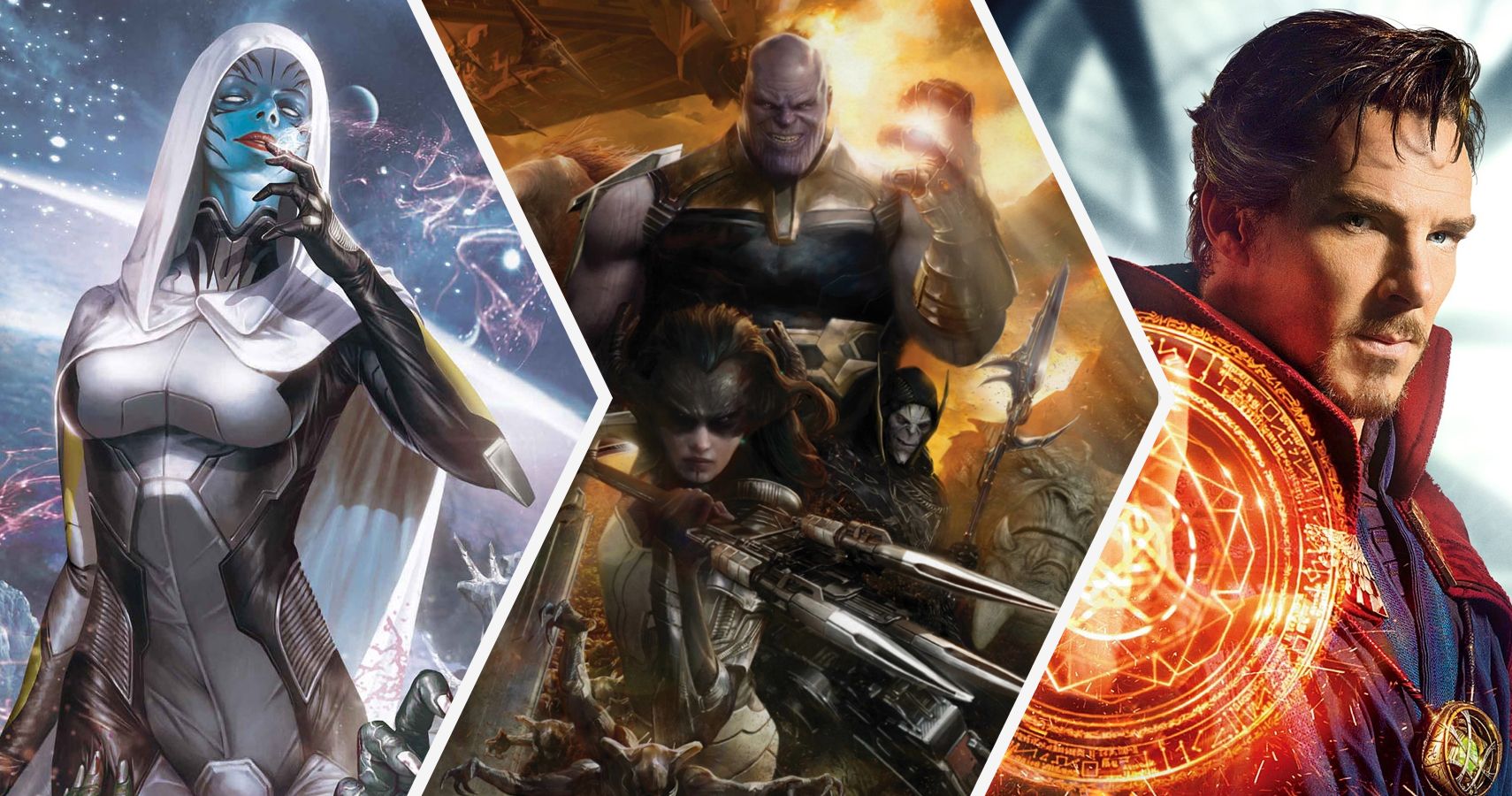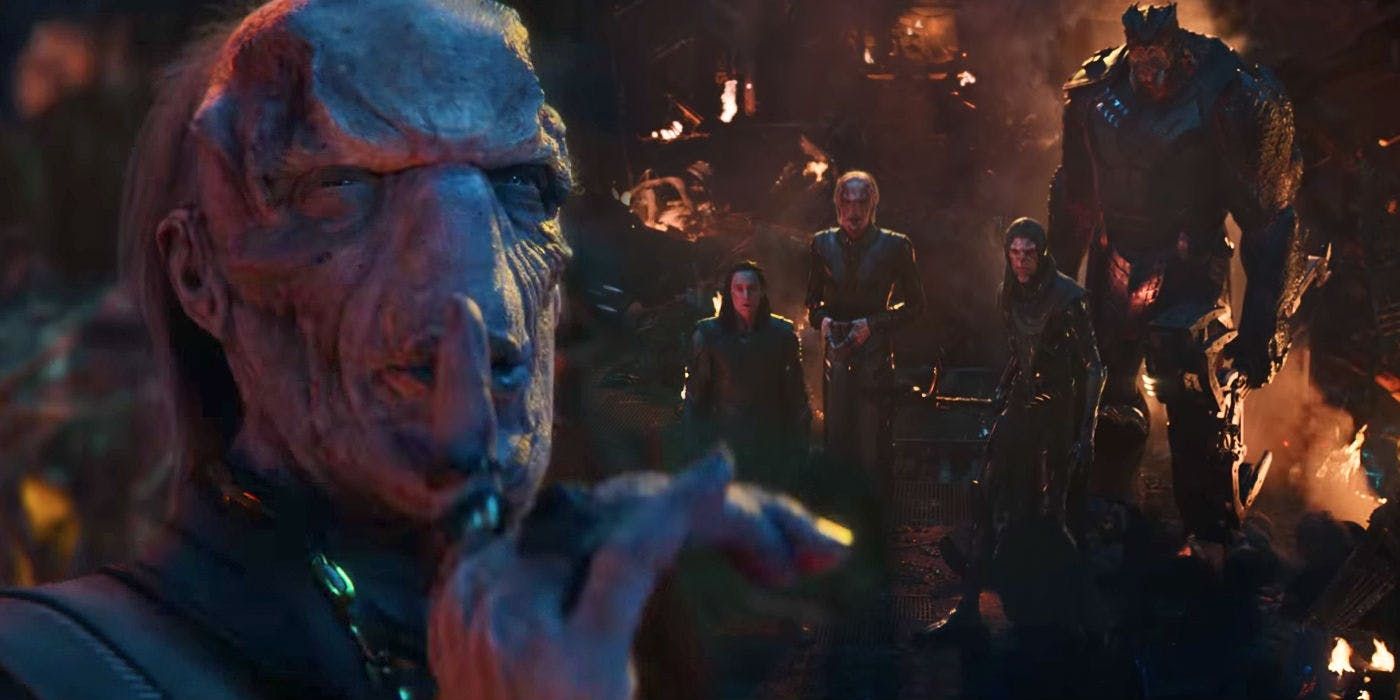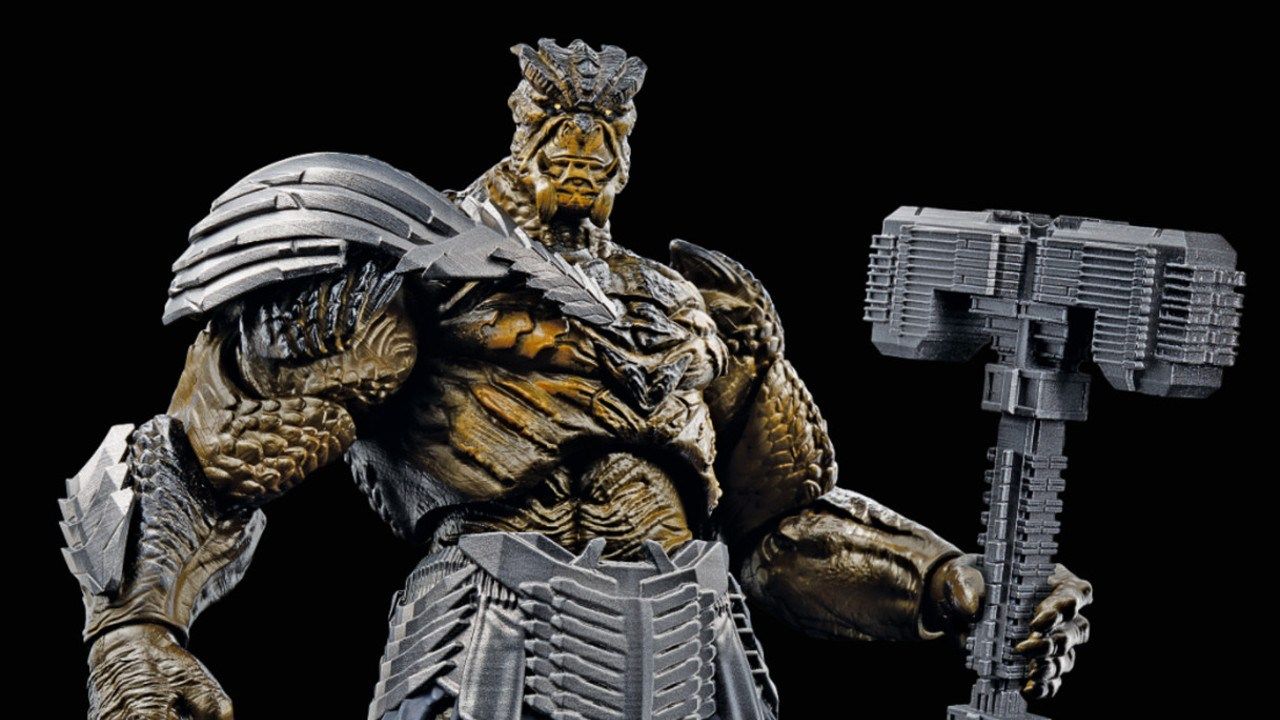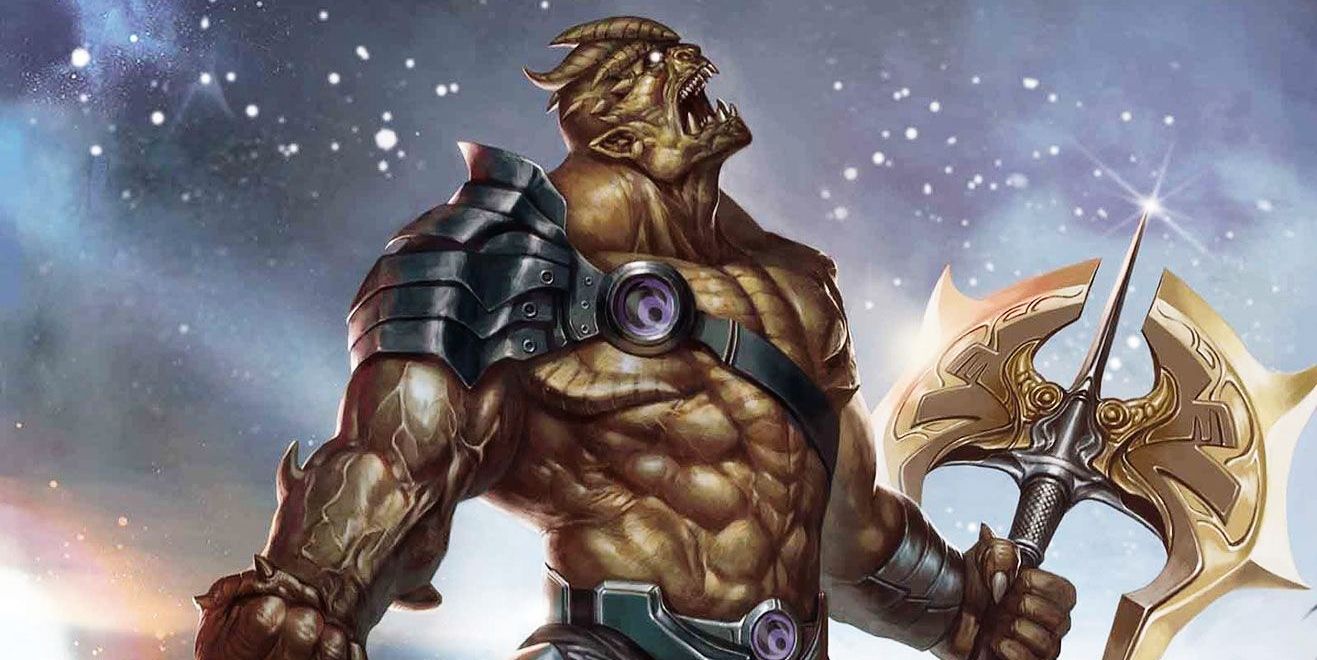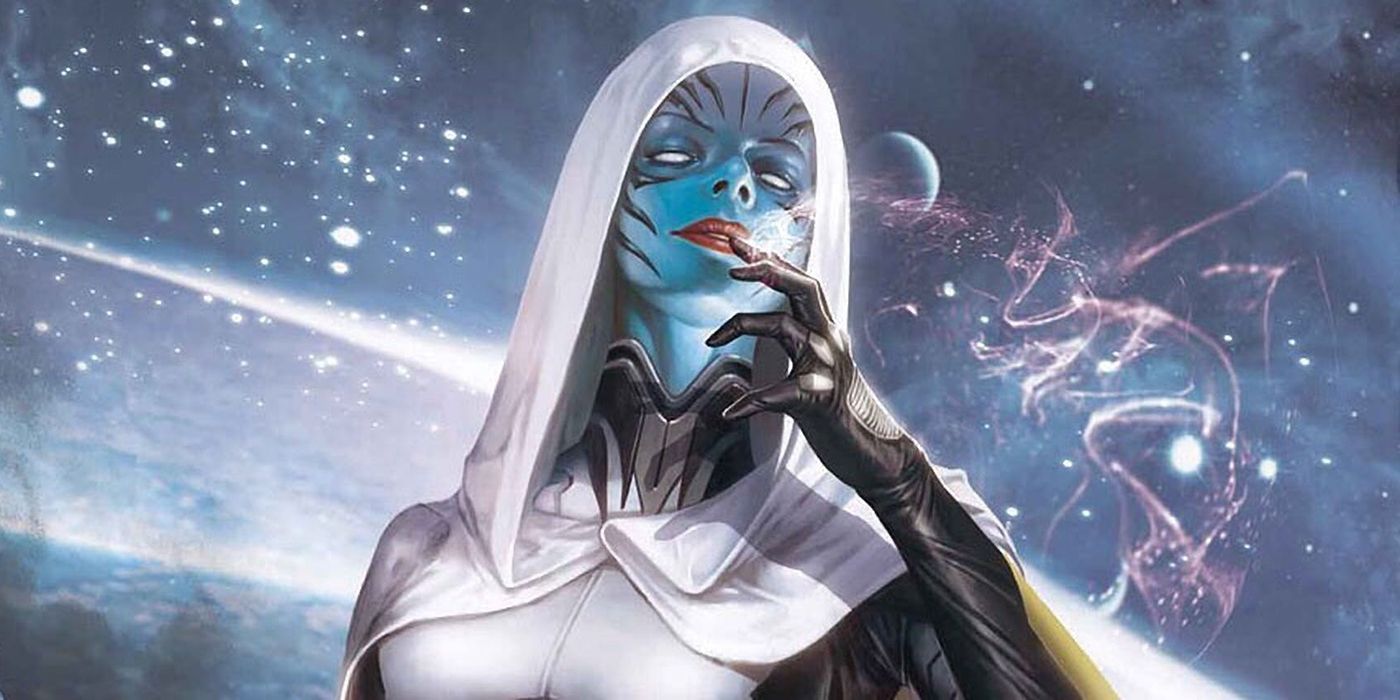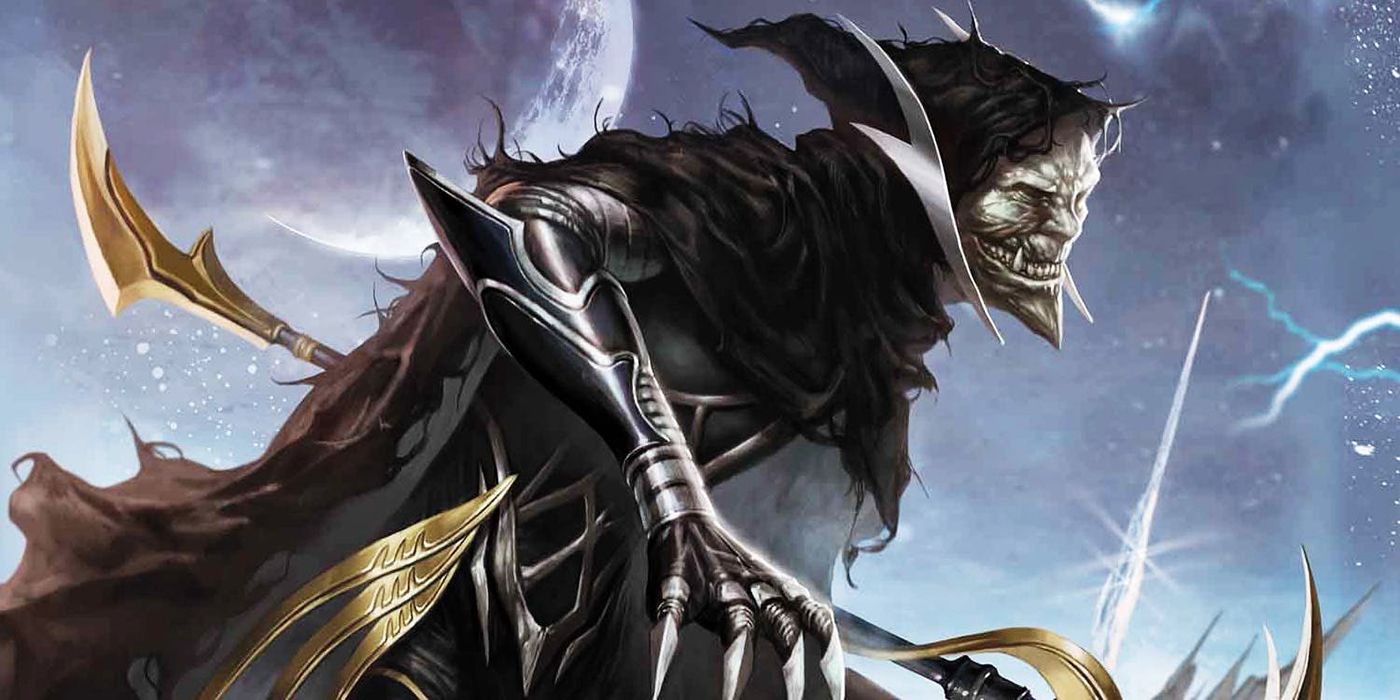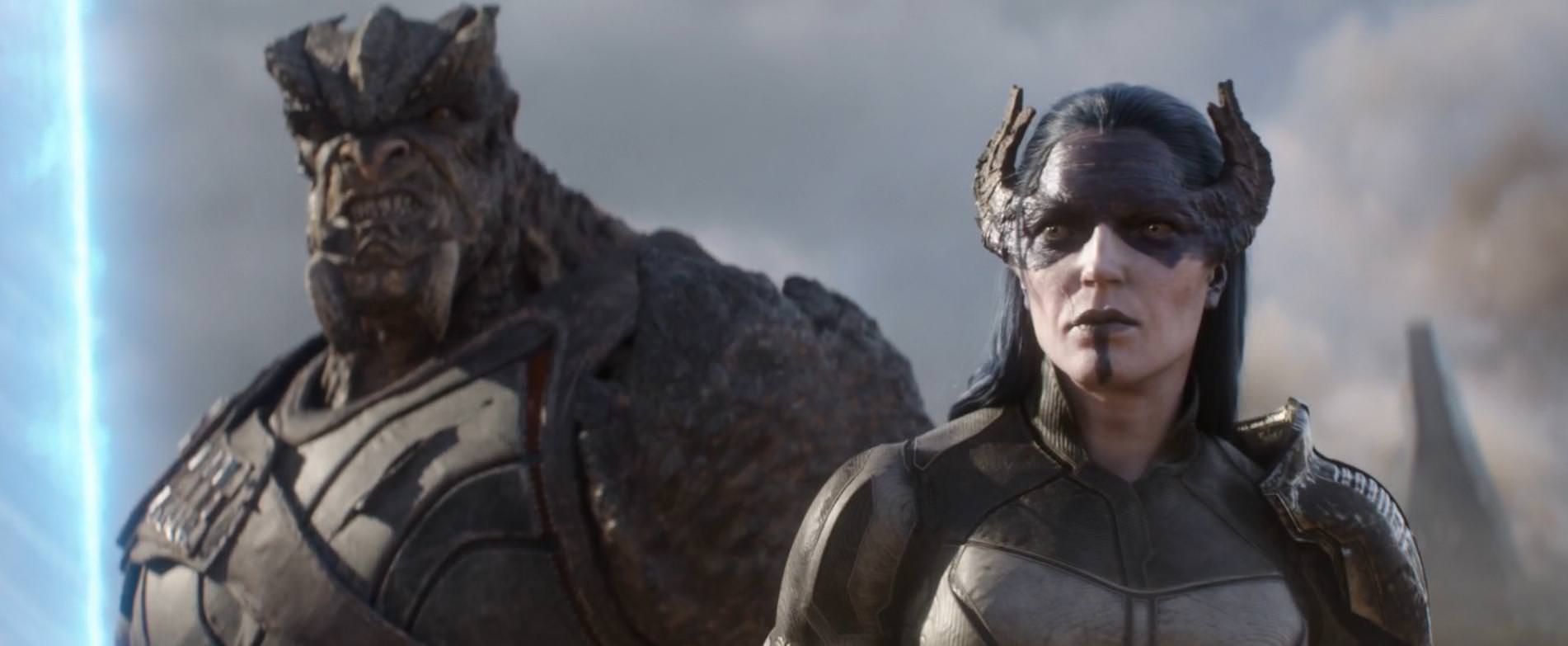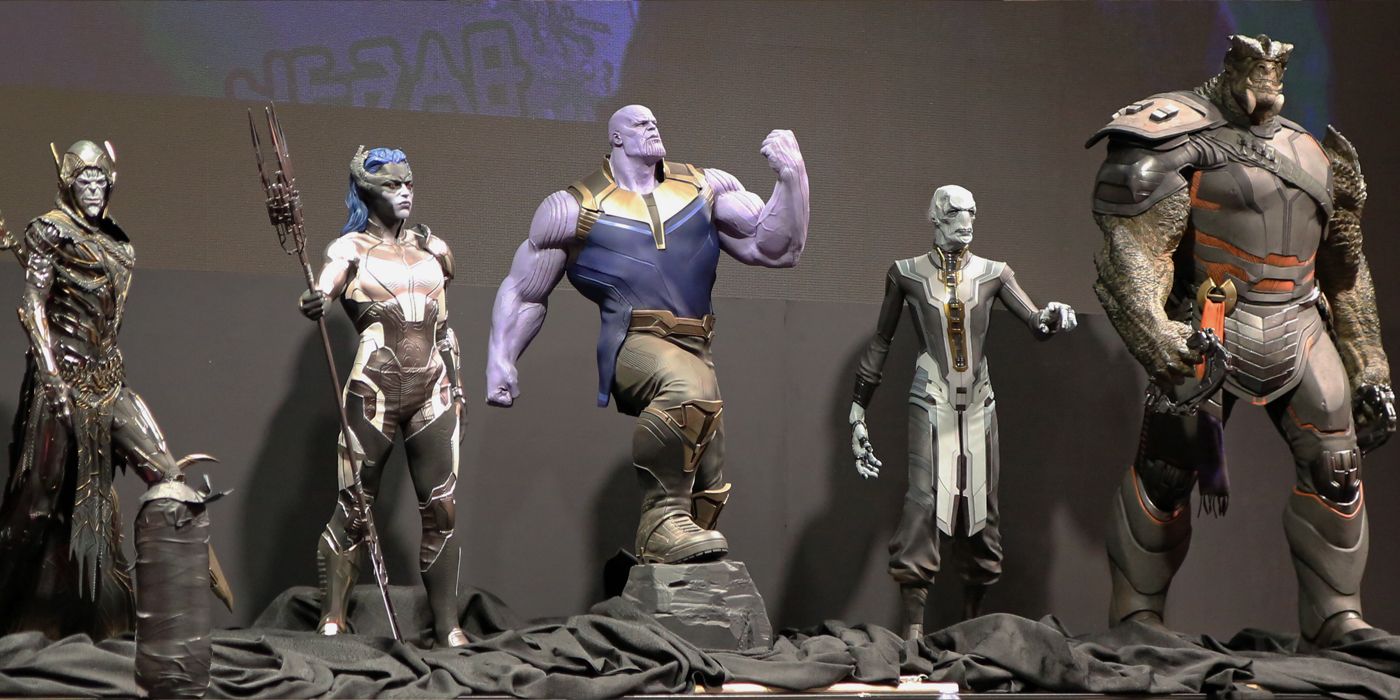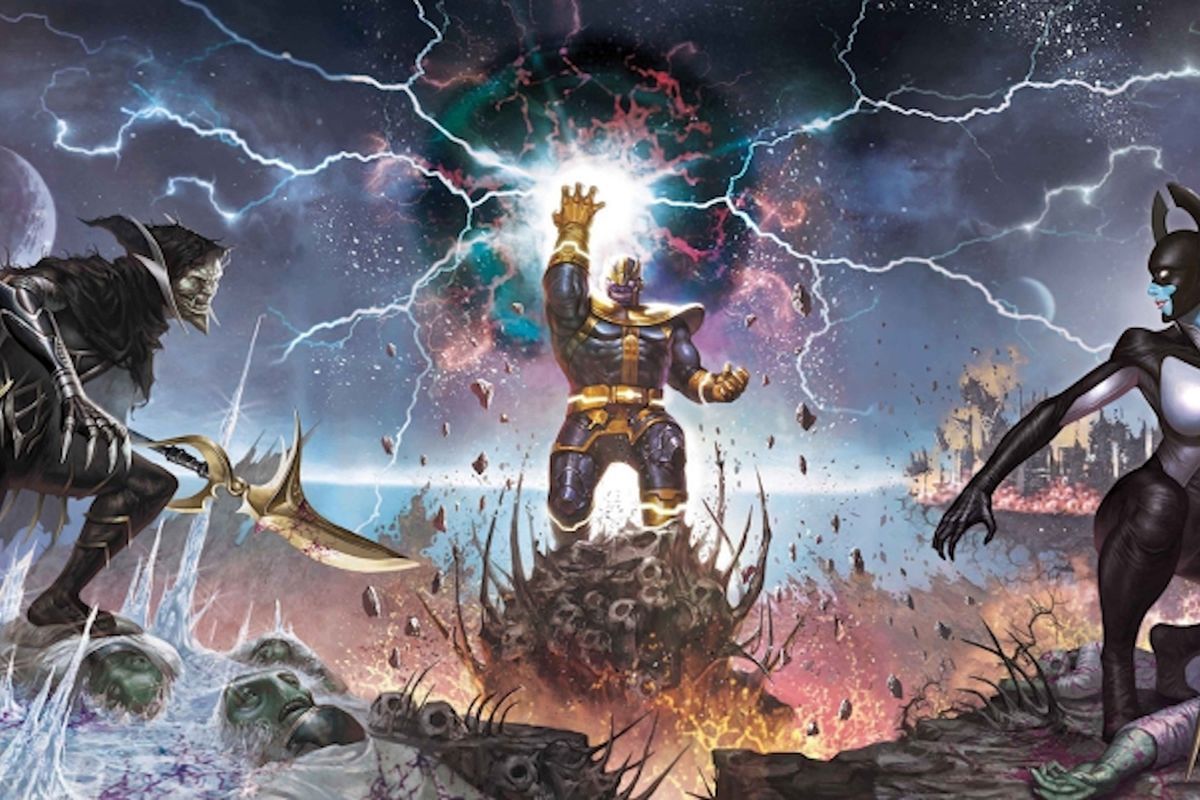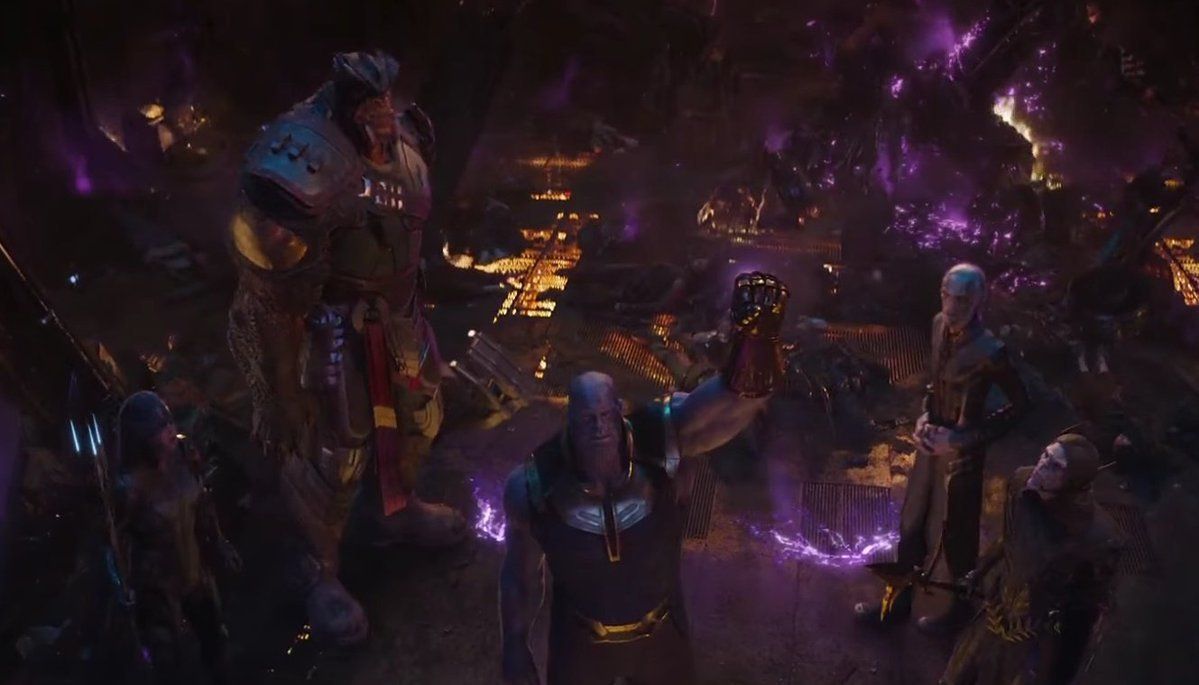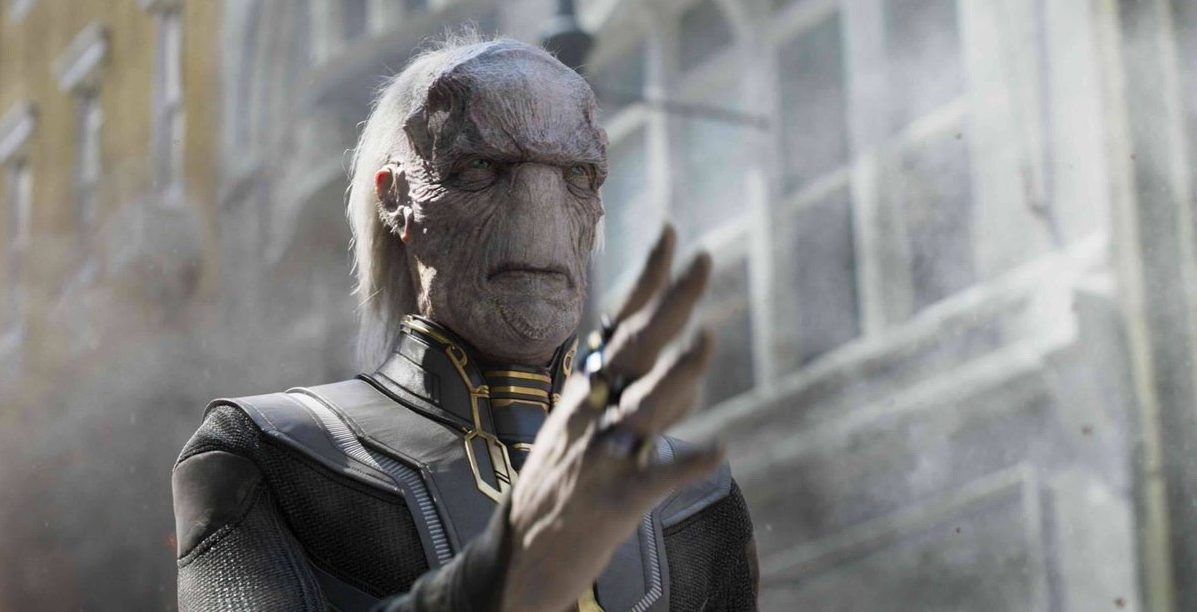The build-up to Thanos’ full arrival in the Marvel Cinematic Universe saw a number of reveals come our way, and it was the announcement of his children being the chief lieutenants in his war that brought the most intrigue. They’d been referenced for years, as both Nebula and Gamora mentioned how much they’d hated their siblings, and the fandom expected them to be very imposing.
The Black Order turned out to be very different than we thought, though, and they were taken out upon their debut, with their second appearance in Avengers: Endgame not carrying much substance. This doesn’t mean their film versions were exactly how they were in the comics, and we’re here to discuss 10 changes the MCU made to them.
They Were Made Weaker
The directors of Avengers: Infinity War specifically stated they made the Black Order much weaker in order for them to be a stepping stone for the superheroes. This was seen when their deaths elevated the character of a hero, and while this was effective, it hid the Black Order’s true potential. In the comics, this group is much more fearsome, with the Black Order being seen invading several planets and having a direct role in conquering them. They are perfectly capable of functioning without Thanos as well, and fighting the Black Order is by no means an easy task.
Cull Obsidian Is The Strongest One In The Comics
Physically, Cull Obsidian was the strongest Black Order member in Avengers: Infinity War, but his strength was never used smartly. This made Cull Obsidian a rather easier villain compared to the others, who used their brains to fight and devise tactics against the Avengers and proved to be larger threats.
The comic book version of this character, however, is openly regarded as the strongest Black Order member. His durability is such that almost nothing can pierce through him. His super strength is also off the charts, and the Hulkbuster in Infinity War would never have stood a chance against this version of Cull Obsidian.
Cull Obsidian's Real Name Is Black Dwarf
Of course, when we talk about Cull Obsidian, we’re using the name that is used for him in Avengers: Infinity War, because the actual character isn’t even that. His real name is Black Dwarf, and this was altered in the film, perhaps to make him sound cooler—although Cull Obsidian went nameless in the film anyway.
Black Dwarf is no joke, as the guy isn’t the meathead that Cull Obsidian was shown to be. The character has a sharp mind that he uses to fight his opponents. He’s no genius-level in intellect, but at least he can form intelligible words and think for himself, something Cull Obsidian wasn’t capable of.
Exclusion of Supergiant
It’s strange this character wasn’t present in the recent two Avengers films because she sounds pretty freakin’ interesting, to say the least. Supergiant was also one of the Black Order in the comics, and her characterization saw her being a mentally unstable parasite, with her intentions to devour the intellect of her victims.
Supergiant’s specialty in her powers was the ability to use telepathy. She utilized this ability to control the minds of her opponents and eventually consume their intellect. It sounds like she would’ve been very useful in Avengers: Infinity War, but it’s most likely her powers were too strong for the Avengers to combat.
Corvus Glaive Is Second-In-Command
Corvus Glaive filled the role of that sneaky fighter who attacked choosing the precise time where his target was caught off-guard. This was seen when he ambushed the Vision in both Scotland and in Wakanda. In Avengers: Endgame, he was one of Thanos’ chief lieutenants.
In the comics, however, Corvus Glaive’s exact role is defined, as he is the next one in charge after Thanos. Thanos used Glaive the most out of the Black Order, with his instructions issued specifically to him. Part of the reason why Thanos put so much stock into him is because Corvus appears to be immortal due to the connection he has with his Glaive.
They're Not Adopted
In the Avengers films, the Black Order’s sole purpose seems to be to please their father, to whom they are ridiculously loyal. Whatever missions they are given, Thanos tells his “children” to go and make him proud, but this isn’t so much the case in the comics.
Here, the Black Order is simply a group of aliens who work for Thanos. They are still very much looking to impress him, but there’s no familial relationship there. The films took this one further by stating that Thanos took each one of them from their home plants as babies and raised them. In the source material, they simply joined him later in life.
The Number of Incarnations
Avengers: Infinity War saw every member of the Black Order meet their deaths, and Avengers: Endgame followed through the same way by disintegrating all of them. This means there’s no way we’ll be seeing the number of iterations that were present in the comic series, and there were quite a few of them.
While the first version played it almost as we saw in Infinity War—with the inclusion of Supergiant—there were three more versions that followed this iteration. The next Black Order group was led by Corvus Glaive, with the remaining two seeing Thanos retaking control, following the last one being headed by the Challenger; the archnemesis of the Grandmaster.
Their Loyalty To Thanos Isn't Resolute
As mentioned before, the Black Order weren’t Thanos’ children in the comics, which meant they didn’t have any love for him either. Because of this lack of affection, the members didn’t mind following the lead of Corvus Glaive once Thanos had been eliminated. After Thanos returned, the Black Order still didn’t side with him and waited to see who the victor would be in the match-up between the Mad Titan and Corvus Glaive. As expected, it was Thanos who stood as the winner, and Corvus Glaive killed himself to be spared the humiliation of defeat. After his death, the Black Order reverted back to Thanos, although it was clear they weren’t really loyal to him.
Their Motivations
Unlike the Black Order shown in Avengers: Infinity War, the comic version didn’t have “noble” motivations to wipe out half of the universe. The characters here were intrinsically cruel and enjoyed taking lives across the galaxies. Their initial agenda was to raze worlds, only relenting when their victimized species would offer tribute.
Avengers: Infinity War had Thanos detect, after acquiring the Space Stone, that two more Infinity Stones were on Earth, which was the reason why the Black Order went there. It’s played differently in the comics, where it is Corvus Glaive whose Outrider locates Earth, and the Black Order arrive to make it yet another world razed in honor of Thanos.
Ebony Maw's Powers
The Maw was unquestionably the most powerful member of the Black Order, and among the most powerful in Avengers: Infinity War. He was able to beat Doctor Strange, whose attempt at using the Time Stone proved worthless as Ebony Maw took him captive. Maw was also able to beat Iron man and Spider-Man without breaking a sweat.
His comic book version, however, has none of the powers we saw in the film character. Instead, his “power” is being a master manipulator. He evidently has a kind of persuasive ability that has seen him being able to convince even the greatest minds to do what he says. It sounds a lot like what Killgrave could do in Jessica Jones, and nothing like what we saw Ebony Maw do in the movies.

